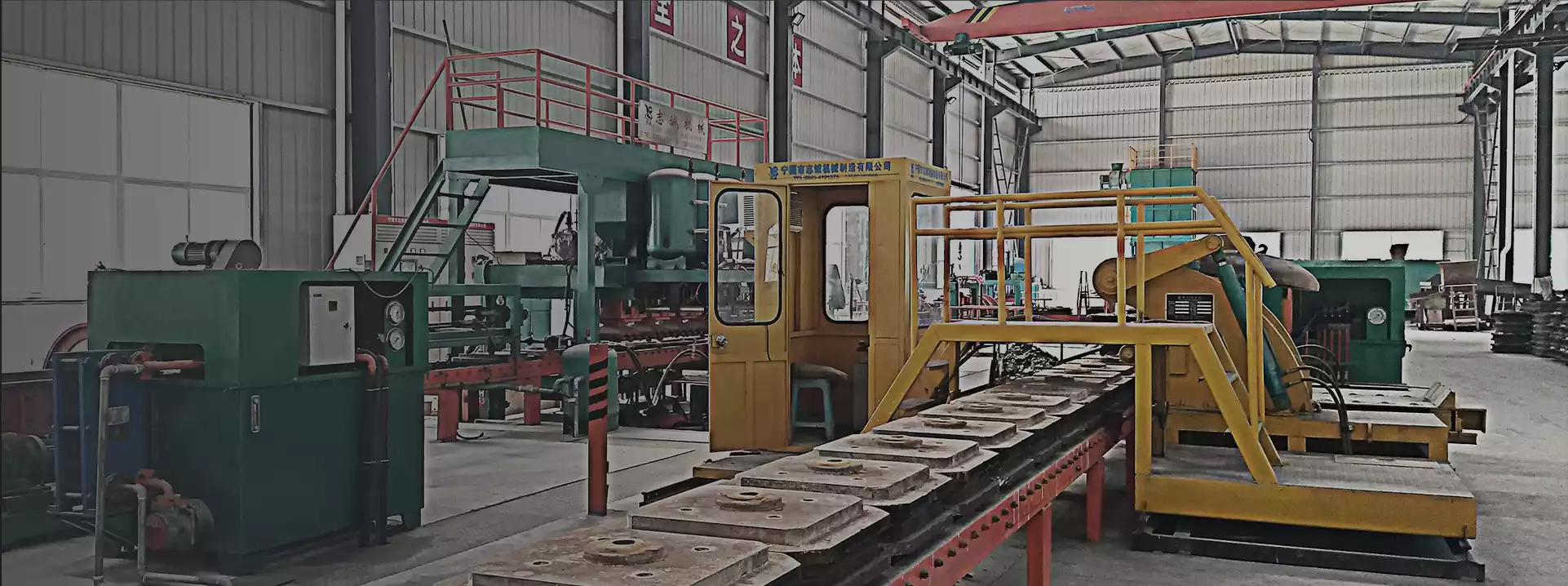Производство мелющих шаров является критически важным процессом в различных отраслях промышленности, особенно в горнодобывающей, цементной и перерабатывающей промышленности. автоматическая линия по производству шаров для мелющих тел включает в себя несколько компонентов и машин, которые работают вместе, чтобы обеспечить эффективность, точность и высококачественный результат. В этой статье представлен подробный обзор ключевых компонентов, участвующих в этом производственном процессе, их функций и преимуществ автоматизированной системы по сравнению с традиционными методами производства.
Ключевые компоненты автоматической линии по производству шаров для мелющих тел
1. Питатели сырья
Питатели сырья являются начальными компонентами производственной линии, отвечающими за подачу необходимых материалов, таких как стальной лом, железный порошок и другие сплавы, в производственный процесс.
- Функция: Эти питатели обеспечивают подачу сырья в согласованном и контролируемом режиме, что жизненно важно для поддержания качества и однородности шаров мелющей среды. Они часто оснащены автоматическим управлением для регулировки скорости подачи в зависимости от производственных требований, что снижает отходы и обеспечивает эффективное использование материала.
2. Шаровые мельницы
Шаровые мельницы необходимы для процесса измельчения, в ходе которого сырье смешивается и измельчается в мелкий порошок.
- Функция: Основная функция шаровых мельниц — измельчение сырья до однородного размера, подготовка его к следующим этапам производства. Процесс измельчения также помогает улучшить плотность и механические свойства конечного продукта. В автоматизированной производственной линии шаровые мельницы оснащены передовыми системами мониторинга для оптимизации процесса измельчения и повышения энергоэффективности.
3. Машины для формовки шариков
После процесса измельчения следующим шагом является формирование измельчённого материала в шарики. Это достигается с помощью специализированных шарообразующих машин.
- Функция: Эти машины сжимают порошкообразный материал в сферические формы, обеспечивая постоянный размер и качество. Автоматизированные системы позволяют точно контролировать диаметр и плотность шариков, что имеет решающее значение для их производительности в промышленных применениях.
4. Печи для термической обработки
Печи для термообработки играют решающую роль в улучшении физических свойств формованных шариков, таких как твердость и прочность.
- Функция: Процесс термообработки обычно включает нагревание шариков до высоких температур и последующую закалку, что изменяет их микроструктуру и улучшает механические свойства. Автоматизированные печи могут регулировать температуру и скорость охлаждения, обеспечивая равномерную обработку и сводя к минимуму риск дефектов.
5. Оборудование для охлаждения и отжига
После завершения термообработки шарики необходимо охладить и, в некоторых случаях, отжечь для снятия напряжений и улучшения эксплуатационных характеристик.
- Функция: Системы охлаждения, часто интегрированные с печами термообработки, позволяют контролировать охлаждение, чтобы предотвратить деформацию или растрескивание. Оборудование для отжига также может использоваться для повышения пластичности и прочности шаров мелющих тел, что делает их более долговечными во время эксплуатации.
6. Станции контроля качества
Станции контроля качества имеют жизненно важное значение в автоматическая линия по производству шаров для мелющих тел, гарантируя, что конечная продукция соответствует определенным отраслевым стандартам и спецификациям заказчика.
- Функция: Эти станции используют различные методы тестирования, такие как испытания на твердость, измерения размеров и проверки качества поверхности, чтобы проверить последовательность и качество шаров мелющих тел. Автоматизированные системы могут облегчить мониторинг в реальном времени и обратную связь, позволяя немедленно корректировать производственный процесс в случае возникновения проблем с качеством.
7. Системы упаковки и хранения
После того, как мелющие шары прошли контроль качества, их готовят к упаковке и хранению.
- Функция: Автоматизированные упаковочные системы оптимизируют процесс упаковки мячей в мешки или контейнеры, обеспечивая эффективную обработку и минимизируя затраты на рабочую силу. Кроме того, автоматизированные системы хранения могут оптимизировать складское пространство и улучшить управление запасами.
Интеграция компонентов для оптимизации производства
Интеграция этих компонентов в автоматическую линию по производству шаров для мелющих тел обеспечивает бесперебойную коммуникацию и координацию на протяжении всего производственного процесса. Автоматизированные системы позволяют:
- Мониторинг в реальном времени: Каждый компонент можно контролировать в режиме реального времени, получая ценные данные, которые можно использовать для оптимизации производственных параметров и выявления потенциальных проблем до их обострения.
- Автоматизация процессов: Автоматизированное управление обеспечивает плавный переход между различными этапами производства, сокращая время простоя и повышая общую эффективность.
- Управление данными: Современные программные системы могут отслеживать производственные показатели, данные о качестве и производительности оборудования, позволяя производителям принимать обоснованные решения и вносить коррективы для повышения производительности.
Преимущества автоматизированной системы по сравнению с традиционными методами
Переход от традиционных ручных методов к автоматизированной линии по производству мелющих шаров дает многочисленные преимущества:
- Повышение эффективности: Автоматизация сокращает время и трудозатраты на каждом этапе производства, что приводит к повышению производительности и снижению эксплуатационных расходов.
- Улучшенное качество: Автоматизированные системы обеспечивают постоянные параметры производства, что приводит к получению однородных и высококачественных мелющих шаров, соответствующих отраслевым стандартам.
- Повышенная безопасность: Автоматизация сводит к минимуму вмешательство человека в потенциально опасные процессы, снижая риск несчастных случаев на рабочем месте и повышая общую безопасность.
- Гибкость и масштабируемость: Автоматизированные производственные линии можно легко настроить для соответствия различным спецификациям продукции или возросшим производственным требованиям, что обеспечивает производителям большую гибкость.
- Сокращение отходов: Автоматизированные системы оптимизируют использование материалов и минимизируют отходы, способствуя более устойчивым методам производства.
Заключение
Ан автоматическая линия по производству шаров для мелющих тел представляет собой сложную систему, состоящую из различных компонентов, которые работают вместе для эффективного производства высококачественных шаров для мелющих тел. Каждый компонент, от питателей сырья до станций контроля качества, играет решающую роль в улучшении производственного процесса. Применяя автоматизацию, производители могут добиться повышения эффективности, постоянного качества и снижения эксплуатационных расходов, что делает ее жизненно важной инвестицией для будущего производства мелющих тел.

